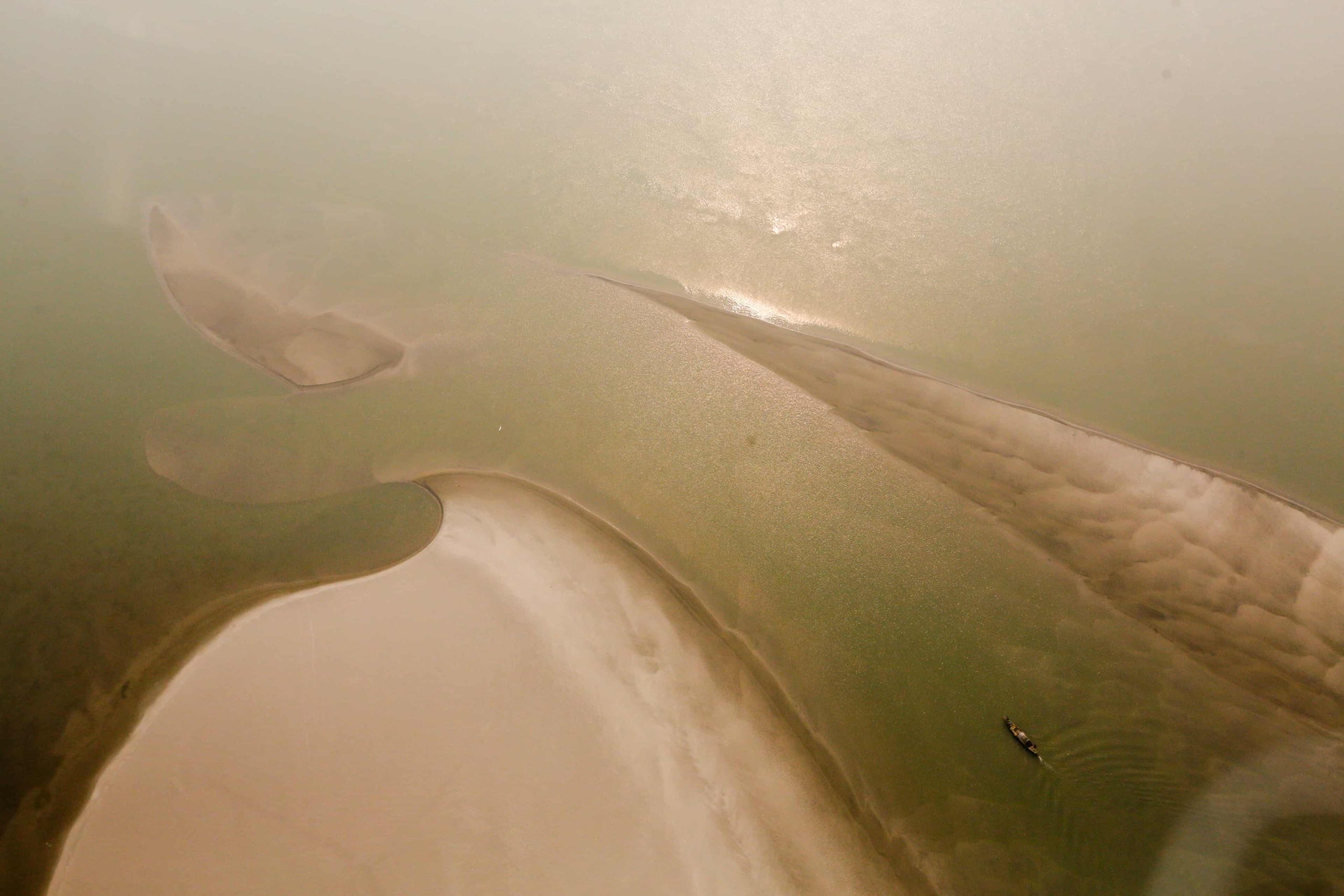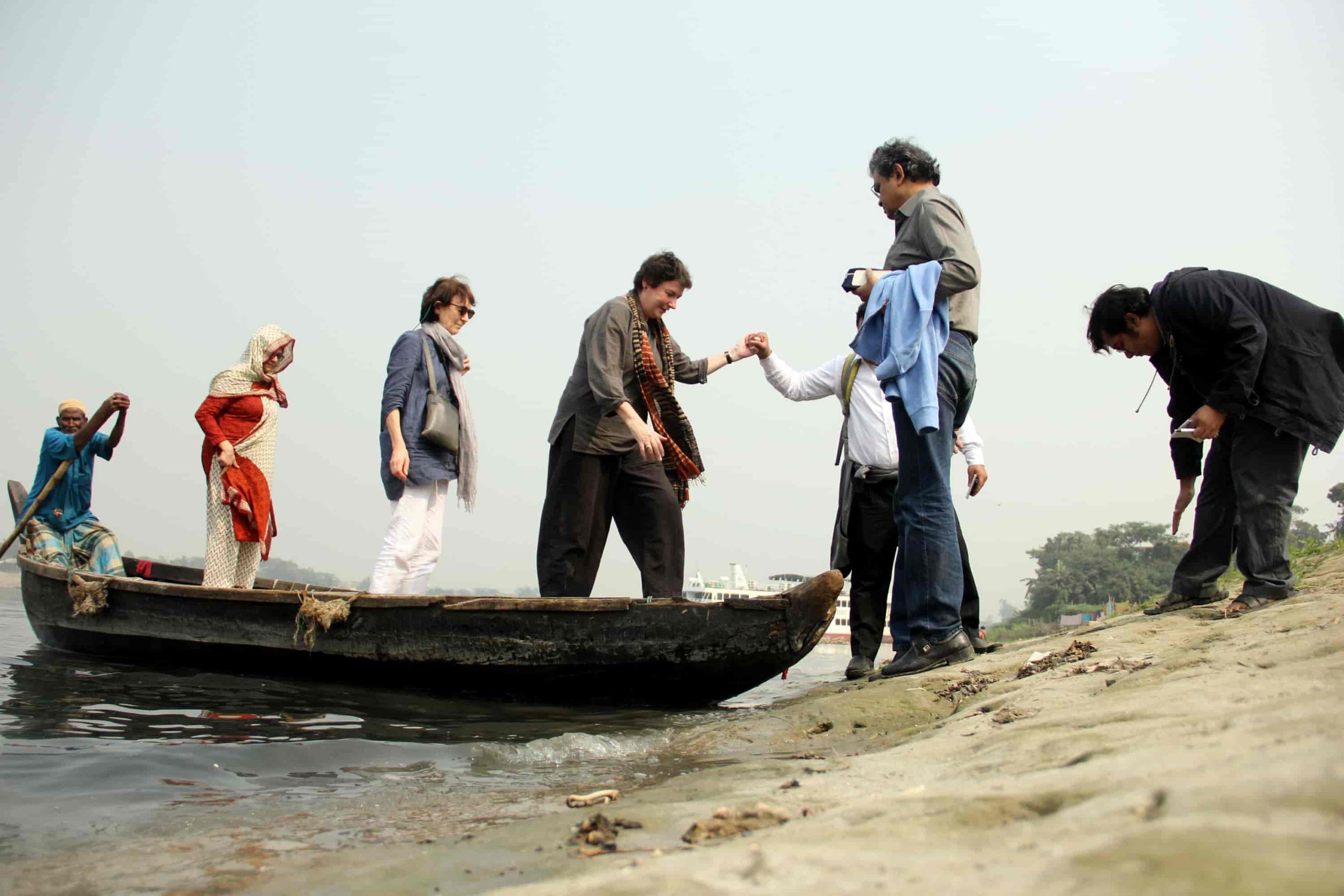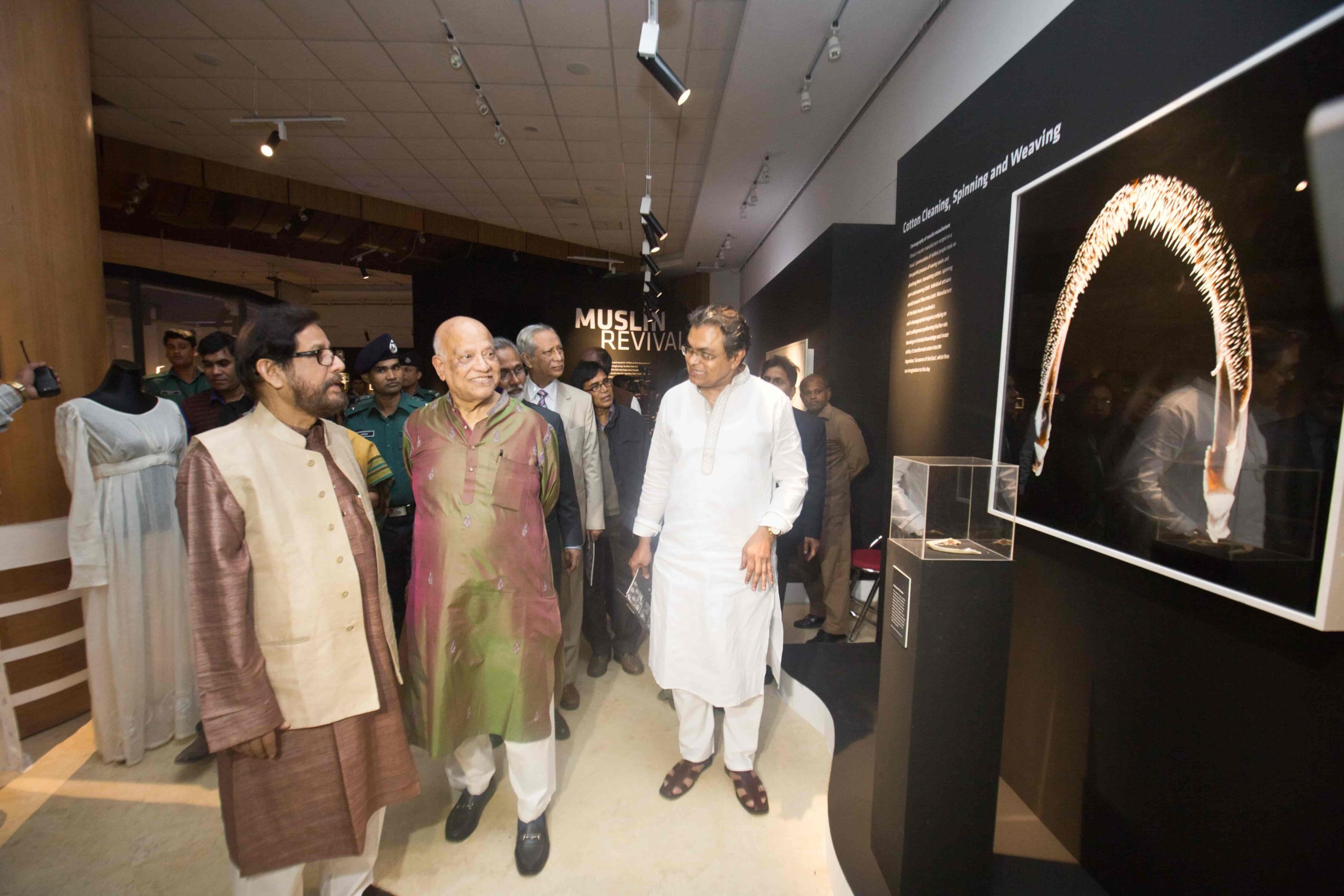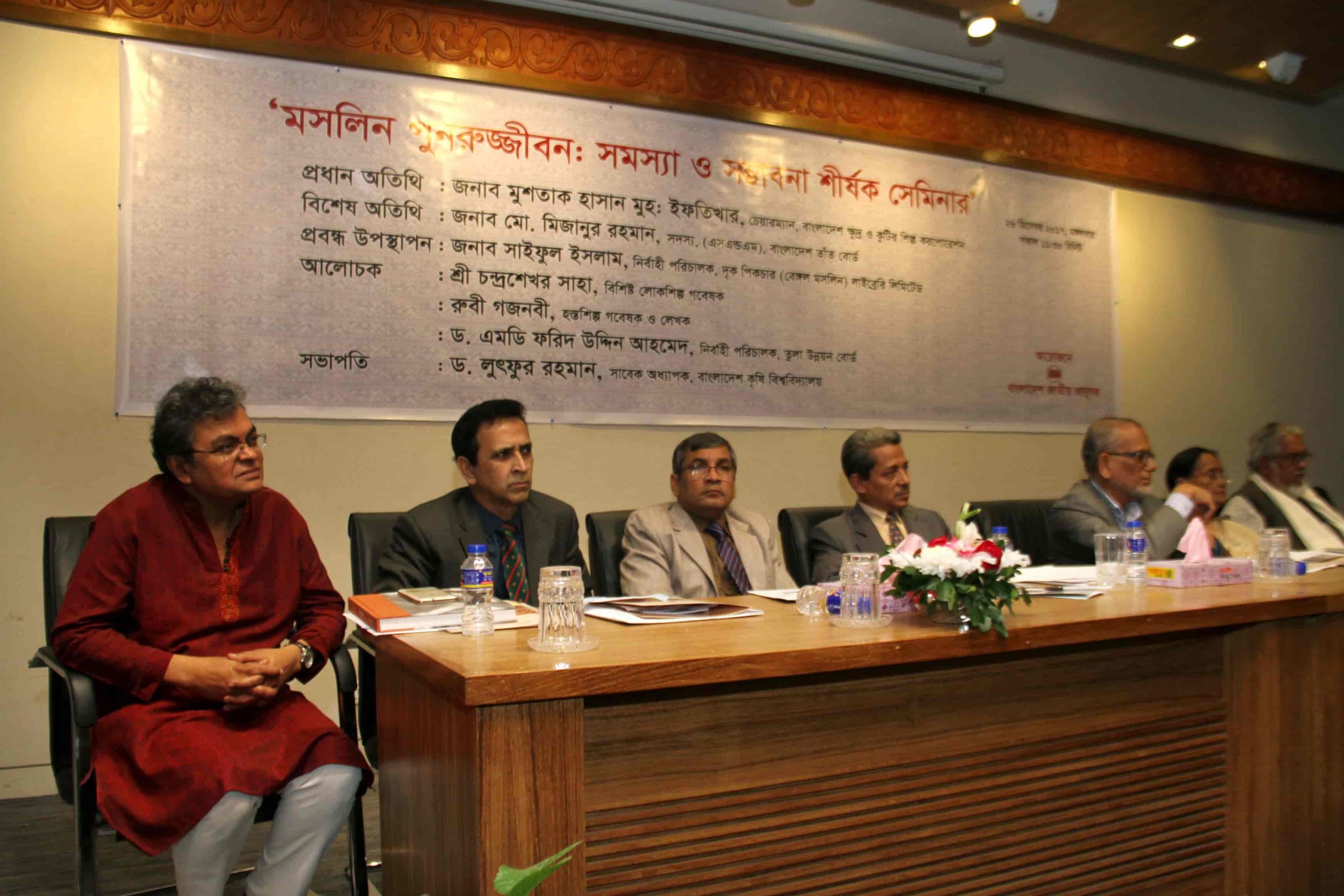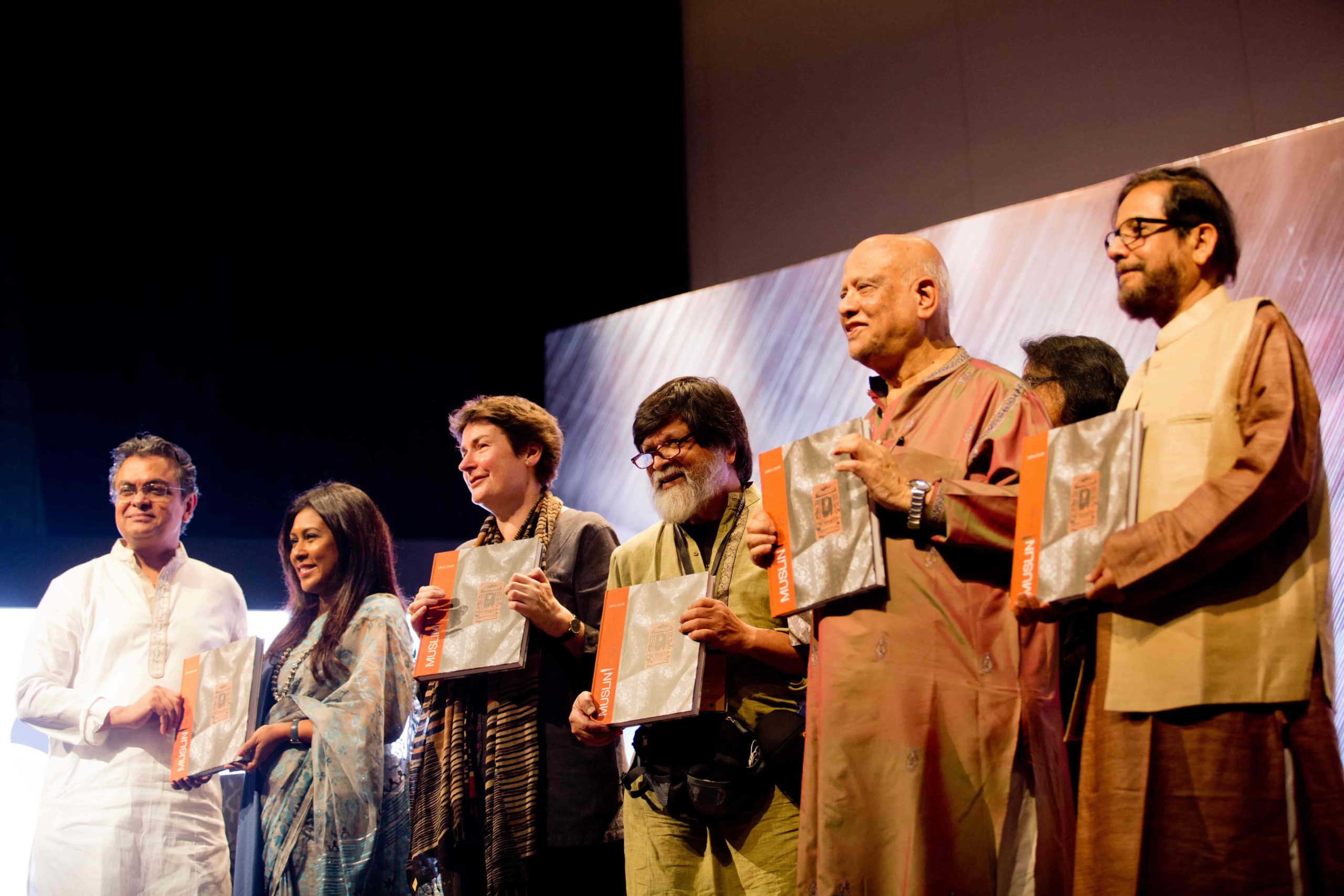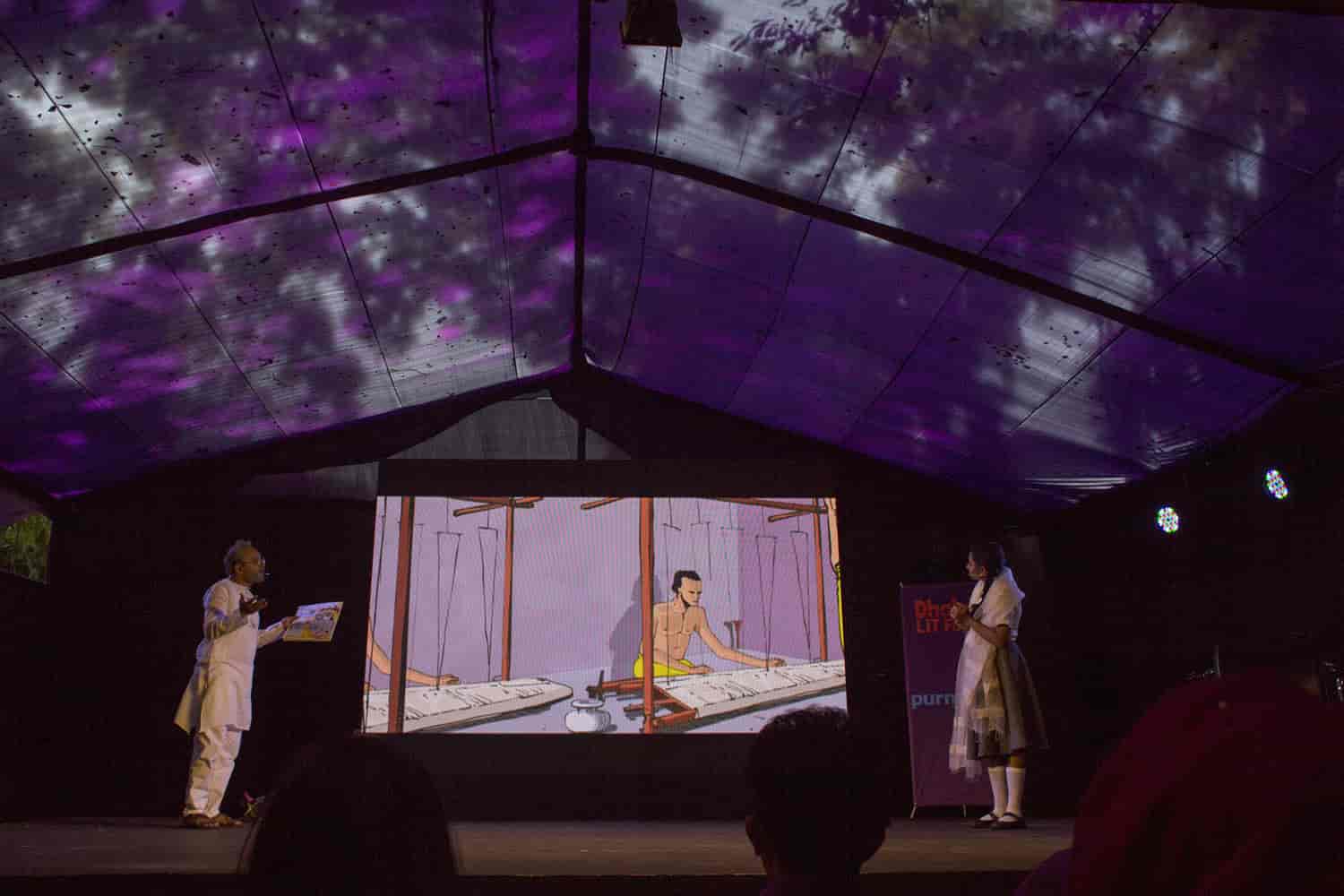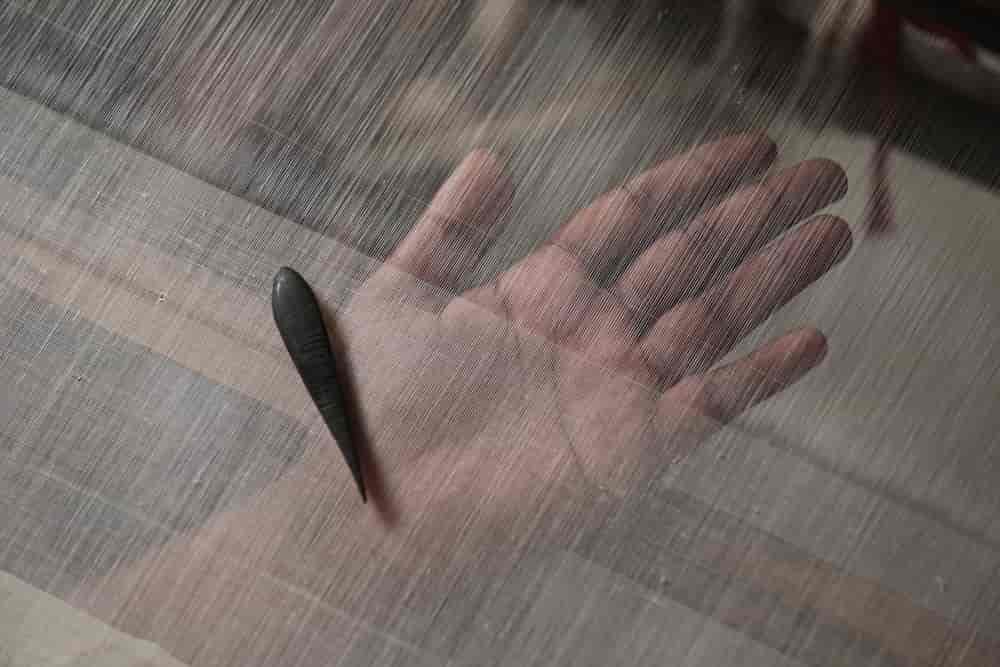- Tel: +880-2-8141817, 58153087, 9120125
- Email:info.bengalmuslin@gmail.com
THE REVIVAL
Our goals were to reveal the true history of the fabric and its connection with our land
and culture, to inspire its revival by researching and implementing the age old
processes and to bring recognition to the ‘lost heroes’, the artesans, who had kept
the tradition alive.
Gossypium Arboreum Var. Neglecta (phuti karpas) was the unique cotton plant,
short stapled and red stemmed, that flourished on the banks of the river Meghna
from which muslin’s fine yarn was woven.
It was one of a kind festival with a cultural show at the residence of Nawab’s (Ahsan
Manzil), an exhibition, along with a book launch, a seminar and a tour of muslin
producing areas.
On the 8th February, 2016, a group including Rosemary Crill and Sonia Ashmore,
both textile experts (from the V&A Museum, UK) were taken on a day long tour of
muslin’s historic areas.
Our goals were to reveal the true history of the fabric and its connection with our land
and culture, to inspire its revival by researching and implementing the age old
From 5th February 2016, a month-long exhibition, arranged by Drik-Bengal Muslin and attended by over 100,000 visitors, was held at the Bangladesh National Museum.
On the 8th February, 2016, a group including Rosemary Crill and Sonia Ashmore,
both textile experts (from the V&A Museum, UK) were taken on a day long tour of
muslin’s historic areas.
Our goals were to reveal the true history of the fabric and its connection with our land
and culture, to inspire its revival by researching and implementing the age old
From 5th February 2016, a month-long exhibition, arranged by Drik-Bengal Muslin and attended by over 100,000 visitors, was held at the Bangladesh National Museum.
On the 8th February, 2016, a group including Rosemary Crill and Sonia Ashmore,
both textile experts (from the V&A Museum, UK) were taken on a day long tour of
muslin’s historic areas.

